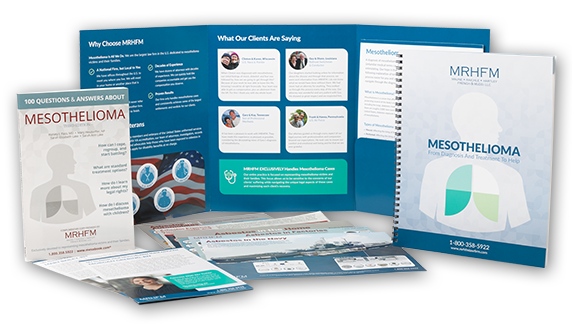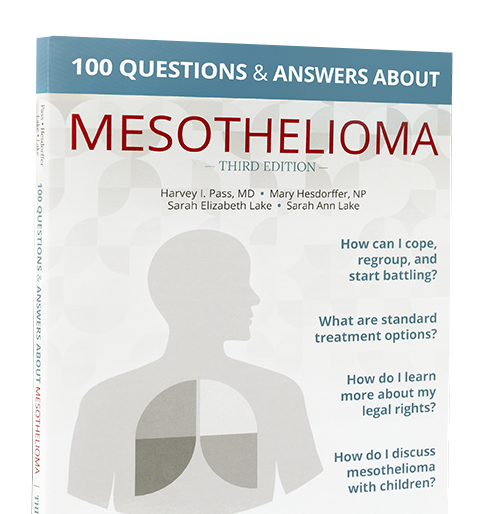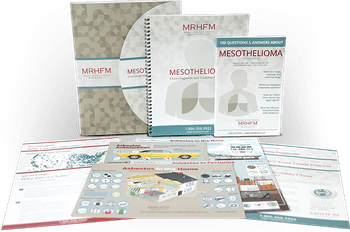Although the dangers of asbestos are well known around the world, the asbestos industry is still growing. This is especially true in developing countries such as India. The country has a $2 billion asbestos industry with double-digit annual growth, at least 100 manufacturing plants, and some 300,000 jobs, making it the world’s biggest asbestos importer. And then there’s places like Russia, Brazil, Mexico, China, Canada, and even the U.S. Yes, asbestos is still legal in these countries, with Russia leading the way in production.
In fact, the asbestos industry in Russia is “booming,” accounting for a staggering 1.1 million tons produced annually of the roughly two million tons produced worldwide each year. Production there increased from 1 million tons in 2010. China, the second largest producer of asbestos, produced 400,000 tons in 2016 and in 2010, and Brazil produced 300,000 tons up from 270,000 in 2010.
Though worldwide asbestos production has decreased since peak annual production of nearly five million tons two decades ago, it could still claim tens of thousands of lives in the near future to decades from now. It can take anywhere from 20 to 50 years for mesothelioma to develop after exposure and even small amounts can lead to disease.
According to the World Health Organization (WHO), around 125 million people in the world are exposed to asbestos in the workplace. In 2004 alone, asbestos-related lung cancer, mesothelioma, and asbestosis from occupational exposures resulted in 107,000 deaths and 1,523,000 Disability Adjusted Life Years (DALYs). In addition, thousands of deaths can be attributed to other asbestos-related diseases, as well as to non-occupational exposures to asbestos. The organization also reports that as many as 43,000 people worldwide die from asbestos-related disease each year, with around 10,000 new mesothelioma cases reported annually in Australia, Japan, North America, and Western Europe combined.
In the U.S., where certain asbestos-containing products and uses have been banned, the Centers for Disease Control and Prevention (CDC) reports that during 1999–2015, a total of 45,221 malignant mesothelioma deaths were reported, increasing from 2,479 (1999) to 2,597 (2015). Says the CDC, “continuing occurrence of malignant mesothelioma deaths in persons aged <55 years suggests ongoing inhalation exposure to asbestos fibers and possibly other causative elongate mineral particles (EMPs).”
So far, it looks like an all-out ban on asbestos will be the only way to stop the thousands of mesothelioma deaths each year in the U.S. and around the world. “All forms of asbestos pose grave dangers to human health,” writes Drs. Arthur L. Frank and T.K. Joshi, authors of The Global Spread of Asbestos. “There is no continued justification” for the use of these proven human carcinogens, so the production and use of asbestos “should be banned worldwide.”
In the U.S., a partial ban is a step in the right direction. So far, under the Toxic Substances Control Act (TSCA), the manufacture, importation, processing and distribution of asbestos-containing corrugated paper, rollboard, commercial paper, specialty paper, and flooring felt have been banned. Under the Clean Air Act (CAA), banned asbestos-containing uses include asbestos pipe insulation and asbestos block insulation on facility components, if the materials are either pre-formed (molded) and friable or wet-applied and friable after drying, and spray-applied surfacing asbestos-containing materials: spray-on application of materials containing more than 1% asbestos to buildings, structures, pipes, and conduits unless certain conditions are met.
Under the Consumer Product Safety Act (Consumer Product Safety Commission), banned Products include asbestos in artificial fireplace embers and wall patching compounds. Note than the manufacture, importation, processing and distribution in commerce of the following products, as well as some others not listed, are not banned:
- Automatic transmission components
- Brake blocks
- Cement corrugated sheet
- Cement flat sheet
- Cement pipe
- Cement shingle
- Clothing
- Clutch facings
- Disk brake pads
- Drum brake linings
- Friction materials
- Gaskets
- Millboard
- Non-roofing coatings
- Pipeline wrap
- Roof coatings
- Roofing felt
- Vinyl floor tile
If you have been exposed to asbestos, see your doctor immediately. Though there is no cure for mesothelioma, early detection often leads to better outcomes.
Sources
"Asbestos." International Programme on Chemical Safety. World Health Organization (WHO), 2017. Web. 18 Sept. 2017.
"Asbestos Still Pushed in India and Business Is Booming." CNBC Asia-Pacific News. CNBC LLC., 13 Aug. 2014. Web. 18 Sept. 2017.
"Bulletin of the World Health Organization." WHO. World Health Organization (WHO), 13 June 2011. Web. 24 Mar. 2017.
"Countries of the World." Fact Monster. Sandbox Networks, Inc., Publishing as Fact Monster, 2000-2017. Web. 24 Mar. 2017.
Frank, Arthur L., and T.K. Joshi. "The Global Spread of Asbestos, 2014." Annals of Global Health 80.4 (2014): 257-62. Elsevier. Web. 18 Sept. 2017.
Kazan-Allen, Laurie. "Current Asbestos Bans and Restrictions." International Ban Asbestos Secretariat. IBAS, 18 Feb. 2017. Web. 24 Mar. 2017.
"Major Countries in Worldwide Asbestos Mine Production Top Countries Worldwide 2010-2016." Statista. Statista Inc., 2016. Web. 18 Sept. 2017.
"Morbidity and Mortality Weekly Report (MMWR)." Centers for Disease Control and Prevention (CDC). Centers for Disease Control and Prevention (CDC), 02 Mar. 2017. Web. 24 Mar. 2017.
"U.S. Federal Bans on Asbestos." Environmental Protection Agency (EPA). United States Environmental Protection Agency (EPA), 19 Dec. 2016. Web. 18 Sept. 2017.





